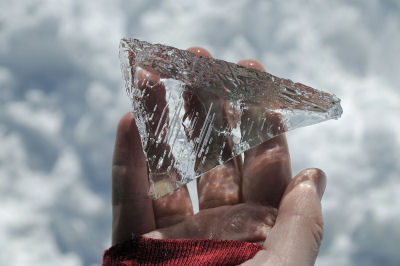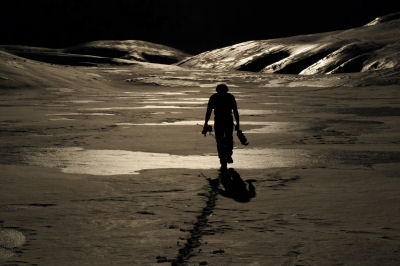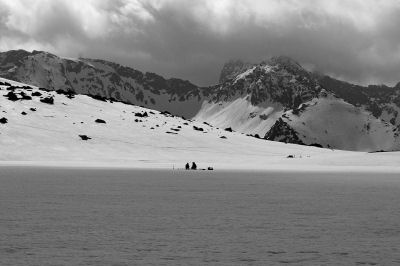|
Strona archiwalna!
Ta strona zawiera treści archiwalne, które nie były zmieniane po 23 września 2019 r. Jeśli chcesz wiedzieć więcej zapoznaj się z deklaracją dostępności
|
||||||
archiwum
 2006 2006
 2008 2008
 2010 2010
 2012 2012
 2014 2014 |
||||||

| ||||||
 |
 |
|||||

|
||||||
| strona główna założenia regulamin kalendarium wskazówki pobierz jury rejestracja zgłoszone projekty galeria gallery | archiwum kontakt | |||||
Description popularizing the research project High in the Tatra Mountains winter comes earlier than in the lowlands. Once we hear "It has snowed in the mountains", we instantly know that autumn is irrevocably over. In spite of the fact the news usually comes unexpectedly, the nature somehow has already managed to get ready for winter. Mountain animals: marmots and bears are already hibernating till spring. Their organisms, programmed for weeks-long undisturbed hibernation, have difficulty tolerating undue wake-ups or premature spring. Their neighbours - Tatra lakes also do hibernate, as soon as the temperature drops below 0°C and the ice covers their surface. Life pulsing in the depths slows down and migrates closer to the bottom, where the temperature of water will enable its survival until the spring melt. The surface of a frozen lake sprinkled with snow seems to be perfectly still. Until spring, when warm winds will bring the life back there. Abstract The main goal of the works is to show influence of climate, which is changing in time and space, on thermal structure of lakes in the Tatra mountains, included they morphometric and hydrological features and influence of snow cover. Research into the thermal structure of lakes and ice phenomenon in the Tatra mountains has lasted for 200 years. Despite that, there are still missing long series of data, which would help show relations between climate, snow cover, thermal structure and ice cover of lake. It is because of hard weather, area conditions and ava-lanche threat in winter in the Tatra mountains. The subject of the project is included in the long term research of the Department of Geomorphology and it is connected with current direction of international study into contemporary cryosphere. This doctoral studies are part of work-shops: " Methods of testing snow, ice and water temperature in polar and mountainous envi-ronment" which are financially supported by Earth Sciences Department and led by Dr. Bogdan G±dek. The field works started in 2014 and they concern measurements of thermal structure of lakes, thickness of ice and snow cover in winter. The research does not require big funds. The obtained results should let us verify our hypothesis: winter structure and ice cover of a lake are the most sensitive and susceptible to changes in the air temperature and snowfalls in winter.
|


|
|||||



 Michael
Michael 










